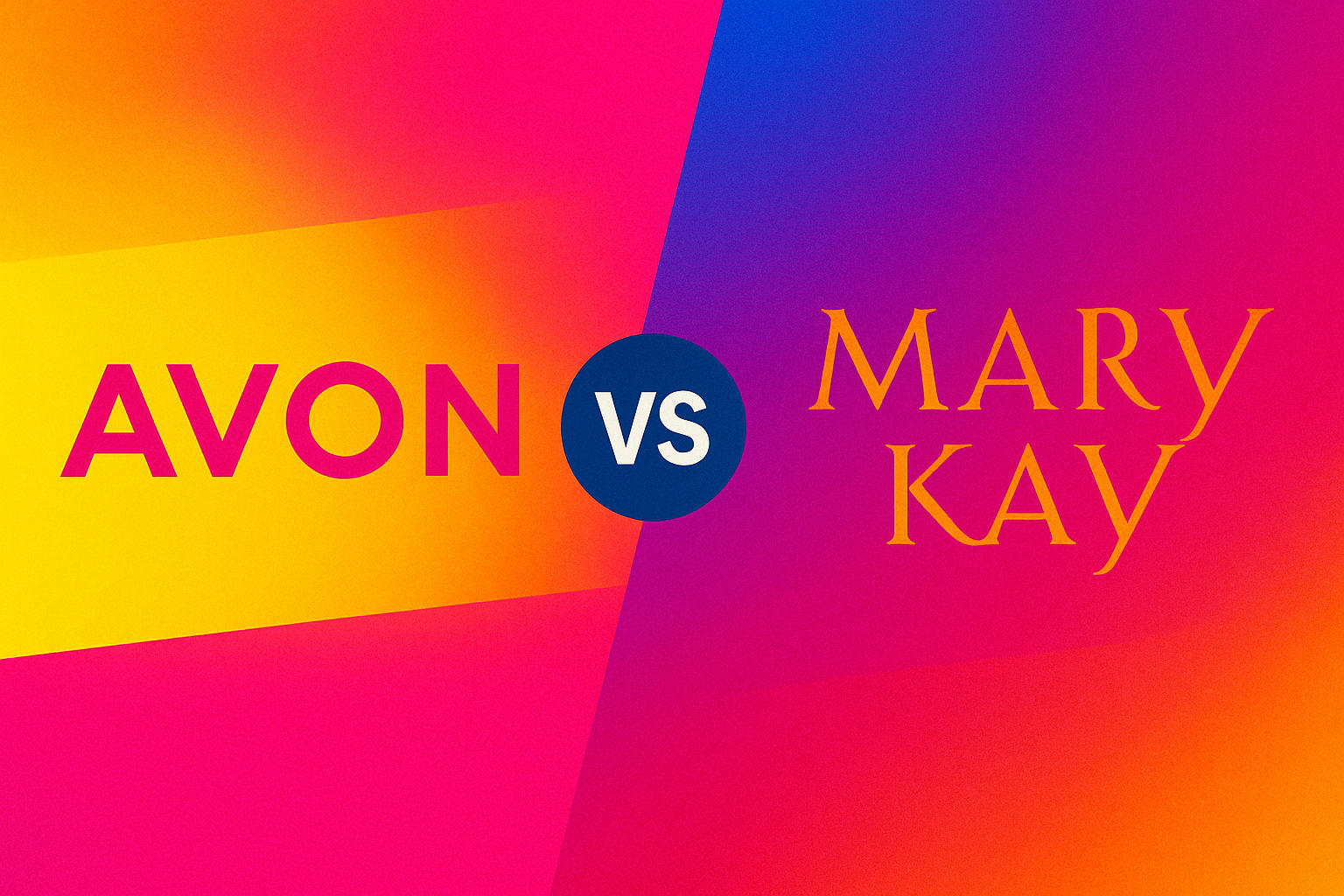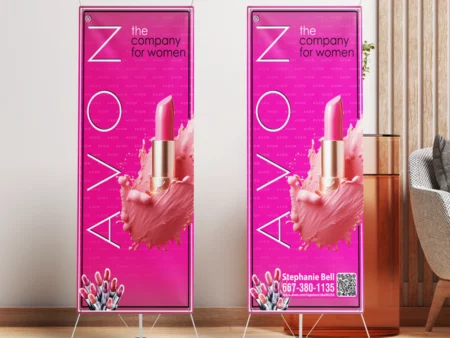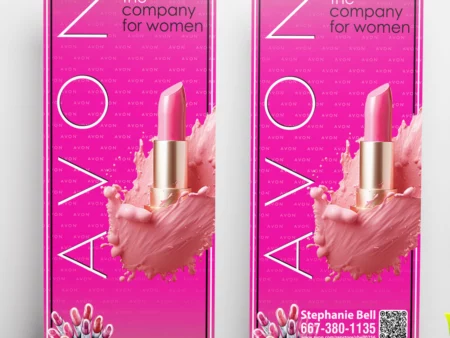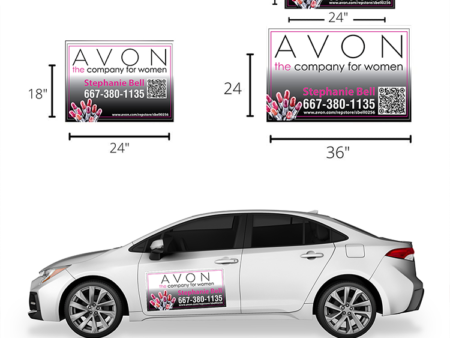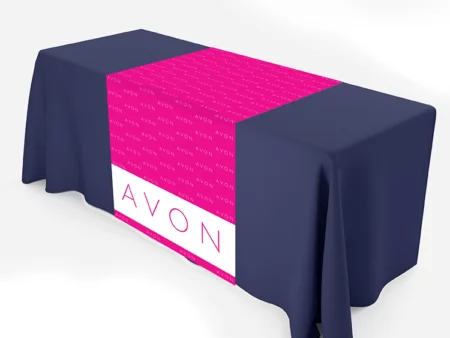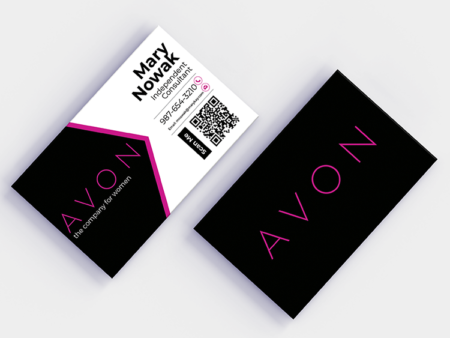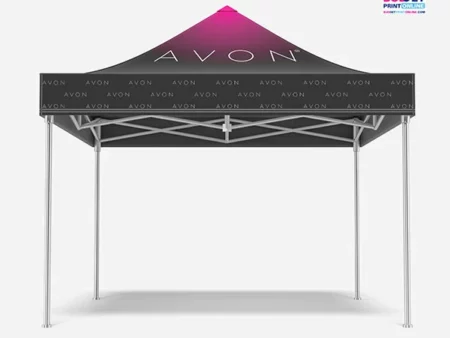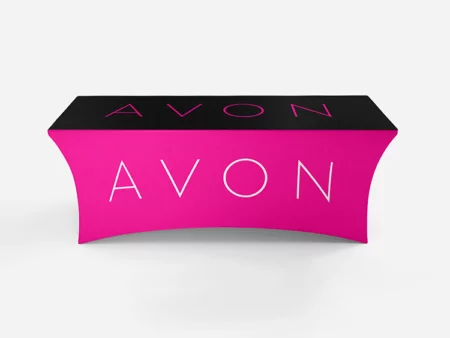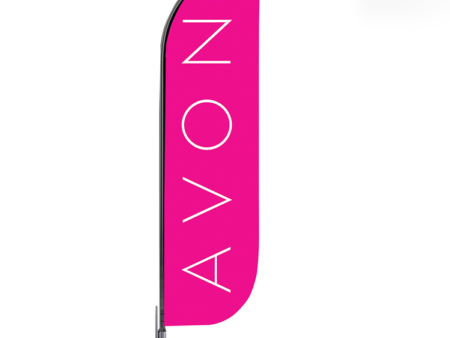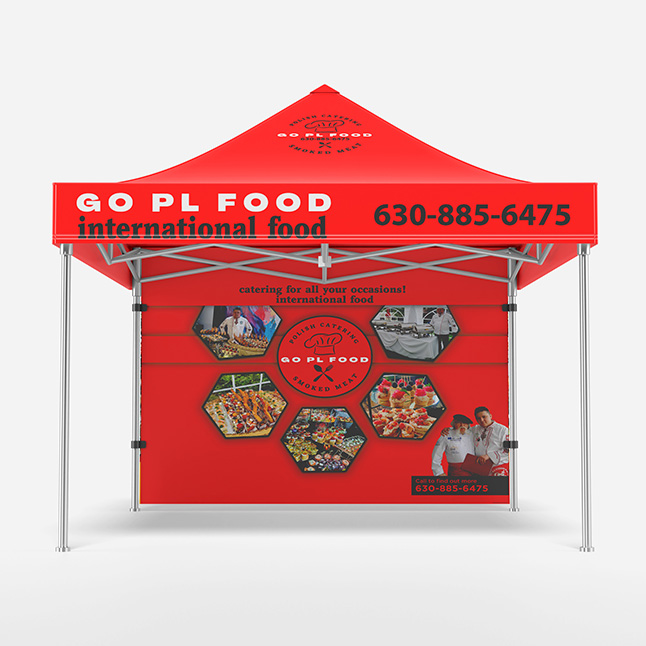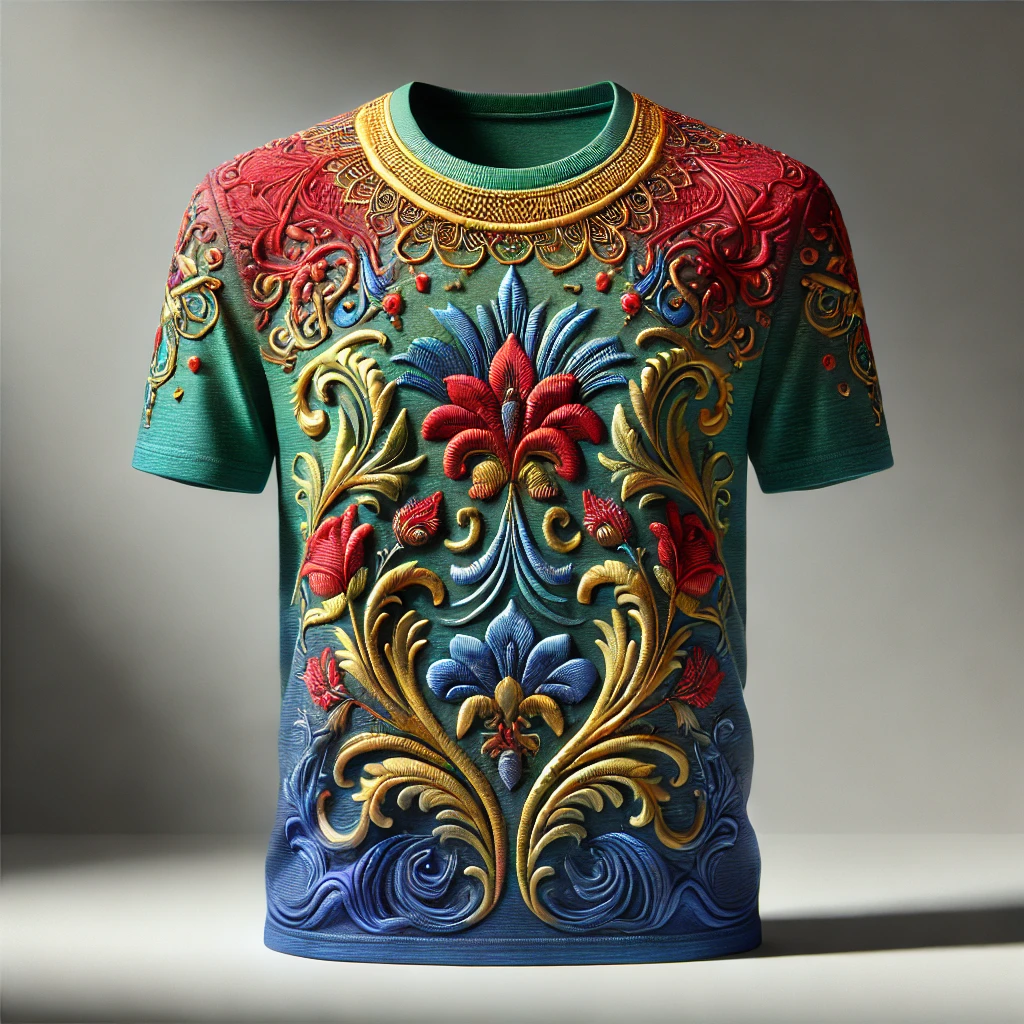In the world of direct sales cosmetics, two names stand out as titans: Avon and Mary Kay. Both companies have built empires by empowering individuals—primarily women—to sell beauty products directly to consumers, bypassing traditional retail models. While they share similarities in their multi-level marketing (MLM) structures, their histories, product offerings, and business approaches reveal distinct identities. This article delves into the origins of Avon and Mary Kay, compares their income potential for brand representatives, and examines additional data to help you understand their differences and similarities. By the end, you'll have a clearer picture of what sets these cosmetic giants apart.
The History of Avon
Avon’s story begins in 1886, long before the modern beauty industry took shape. Founded by David H. McConnell, a traveling book salesman from New York, the company didn’t start with cosmetics. McConnell initially sold books door-to-door but noticed that his female customers were more interested in the free perfume samples he offered as incentives than the books themselves. This observation sparked an idea: why not sell perfumes directly to women? At the time, women had limited opportunities to earn income, and McConnell saw a chance to create a business that empowered them. For a detailed historical overview, see Britannica’s entry on Avon.
McConnell founded the California Perfume Company (CPC) in 1886, recruiting women as sales agents. The first Avon Lady, Mrs. P.F.E. Albee, pioneered the direct-selling model that would define the company. By 1897, CPC had established its first laboratory in Suffern, New York, to produce perfumes. The name “Avon” emerged in 1939, inspired by McConnell’s admiration for William Shakespeare and the River Avon in England, reflecting a shift toward a broader range of beauty products.
Over the decades, Avon grew into a global powerhouse. By the 1950s, it adopted the tagline “The Company for Women,” aligning itself with women’s empowerment and causes like breast cancer research. The company went public in 1964 and expanded internationally, reaching over 100 countries by the late 20th century. Today, Avon boasts a sales force of approximately 6 million representatives and annual revenues exceeding $5 billion, though it has faced challenges, including a 2020 acquisition by Natura & Co., a Brazilian cosmetics firm, amid declining sales in some markets.
Avon’s longevity—over 130 years—makes it a pioneer in direct sales. Its ability to adapt, from perfumes to a full line of cosmetics, skincare, and even jewelry, has kept it relevant. However, its traditional catalog-based approach and competition from e-commerce have tested its resilience in the digital age.
The History of Mary Kay
Mary Kay’s journey is younger but equally inspiring, rooted in the vision of its founder, Mary Kay Ash. Born Mary Kathlyn Wagner in 1918 in Texas, Ash faced gender inequality throughout her early career. After working for Stanley Home Products and World Gift Company, she grew frustrated with the male-dominated business world. In 1963, at age 45, she retired briefly, intending to write a book about her experiences. Instead, that book became a business plan for a company that would empower women—a dream she turned into reality with a $5,000 investment from her savings and help from her son, Richard Rogers. Learn more about its business model at Forbes’ Mary Kay profile.
On September 13, 1963, Mary Kay Ash launched Beauty by Mary Kay in Dallas, Texas, with a 500-square-foot storefront and nine saleswomen. Her philosophy was simple yet revolutionary: treat people according to the Golden Rule and prioritize faith, family, and career in that order. Ash drew inspiration from direct-selling models like Avon’s but added her twist—home parties where consultants offered free facials and pitched products. This personal touch, combined with a focus on skincare and premium cosmetics, fueled rapid growth.
Mary Kay went public in 1968 but returned to private ownership in 1985 via a leveraged buyout. Ash remained active until a stroke in 1996, passing away in 2001. Her legacy lives on through her family—Richard Rogers became CEO in 2001, and her grandson Ryan Rogers took the role in 2022—and a global sales force of over 3.5 million. By the 1990s, Mary Kay’s sales topped $950 million, and today, it operates in over 40 markets with revenues around $2.3 billion annually. The iconic pink Cadillac, awarded to top sellers since 1968, symbolizes the company’s glamorous, aspirational brand.
Mary Kay’s rise reflects Ash’s commitment to female empowerment and innovation. While smaller than Avon in scale, its focus on quality skincare and a tight-knit consultant community has carved out a unique niche.
-
-
-
-
-7%
Avon Table Runner 36″ x 72″
Rated 5.00 out of 55.00 (15 Reviews)$70.00Original price was: $70.00.$65.00Current price is: $65.00. -
-6%
Avon Business Cards
Rated 5.00 out of 55.00 (14 Reviews)$85.00Original price was: $85.00.$80.00Current price is: $80.00. -
-
-
Comparing Income for Brand Representatives
Both Avon and Mary Kay operate as MLMs, meaning representatives earn money through direct sales and recruiting others into their “downline.” However, their compensation structures, startup costs, and earning potential differ. Below is a detailed comparison, followed by a table summarizing key data. For broader industry context, check out Direct Selling News.
Avon: Becoming an Avon representative is accessible, with a startup cost as low as $25 for a basic kit (sometimes even $10 during promotions). Reps earn a commission of 20-40% on sales, depending on order volume. For example, sales under $148 earn 20%, while those over $500 can earn up to 40%. Avon also offers bonuses for recruiting, though the emphasis is on personal sales. The company doesn’t track actual retail profits, so earnings depend on how much reps sell at the suggested retail price versus their wholesale cost. Average annual earnings are estimated at $200-$1,000 for most reps, with top performers earning significantly more—sometimes into the tens of thousands—through sales and team-building.
Mary Kay: Joining Mary Kay requires a $100 starter kit, which includes products and marketing materials. Consultants earn a 50% commission on retail sales, a higher base rate than Avon’s. They can also earn 4-13% commissions on their downline’s wholesale purchases, incentivizing recruitment. Mary Kay doesn’t publicly disclose average earnings, but a 2015 estimate from the company’s wholesale sales divided by consultant numbers suggests about $1,057 per year per consultant. Turnover is high—around 68.6% annually in the U.S.—indicating many don’t sustain long-term income. Top earners, however, can achieve six-figure incomes, often highlighted by the pink Cadillac perk.
The key difference lies in approach: Avon offers lower entry costs and flexibility, appealing to casual sellers, while Mary Kay’s higher commission and team-building focus suit those aiming for a full-time business. Below is a table comparing these aspects and more.
| Aspect | Avon | Mary Kay |
|---|---|---|
| Startup Cost | $25 (basic kit) | $100 (starter kit) |
| Commission on Sales | 20-40% (based on volume) | 50% (retail sales) |
| Downline Earnings | Bonuses for recruiting | 4-13% on team purchases |
| Average Annual Income | $200-$1,000 (estimated) | $1,057 (2015 estimate) |
| Turnover Rate | Not publicly detailed | 68.6% (U.S., per FTC) |
| Sales Force Size | ~6 million | ~3.5 million |
| Annual Revenue | $5.3 billion (2021) | $2.3 billion (2021) |
| Markets Served | Over 100 countries | Over 40 markets |
Additional Comparisons
Beyond income, Avon and Mary Kay differ in product focus, branding, and market presence. Avon offers a wide range of affordable products—cosmetics, skincare, fragrances, jewelry, and home goods—targeting a mass market. Its catalog-driven sales and digital platforms cater to convenience. Mary Kay, conversely, emphasizes premium skincare and color
